Marvel's What If: 6 Coolest Changes To The MCU In The Captain Carter Episode

SPOILER WARNING: The following article contains major spoilers for the premiere episode of What If. If you have not yet seen it, continue reading at your own risk!
In reality as we know it, “What If” is a dream. We take events as we understand them, and question how things may have been different had a particular element changed – but it’s merely a thought experiment. Such is not the case in the Marvel Cinematic Universe, however. Built into the franchise is the concept of the multiverse, which is the idea that there is not one, but infinite realities, and within them can be discovered infinite possibilities. This is the most basic idea at the core concept of Marvel Studios’ latest Disney+ original series, and the show has kicked off with a fun and thrilling alternate dimension adventure.
Kicking off the nine-series run of What If is an episode that is primarily based on the events of Joe Johnston’s Captain America: The First Avenger, albeit with a key twist that winds up seeing World War II play out quite a bit differently than what goes down in the Marvel Cinematic Universe’s version of events. It all begins in the room where Steve Rogers is meant to be administered the Super Soldier Serum, but things don’t precisely go as planned…

Peggy Carter Gets The Super Soldier Serum
As spotlighted by Jeffrey Wright’s The Watcher in What If’s debut episode, the key moment that changes everything comes when Peggy Carter (Hayley Atwell) opts not to view the U.S. military experiment from the special observation room, but instead from the floor. This one choice causes a chain reaction that sees Heinz Kruger’s sabotage attempt play out differently, and the end result is that Peggy is the only able body to receive the Super Soldier Serum while Howard Stark (Dominic Cooper) operates the controls.
Thus, Peggy Carter becomes the super soldier Captain Carter, fighting for the allied forces against the axis powers, and wielding the classic Vibranium shield emblazoned with the Union Jack.
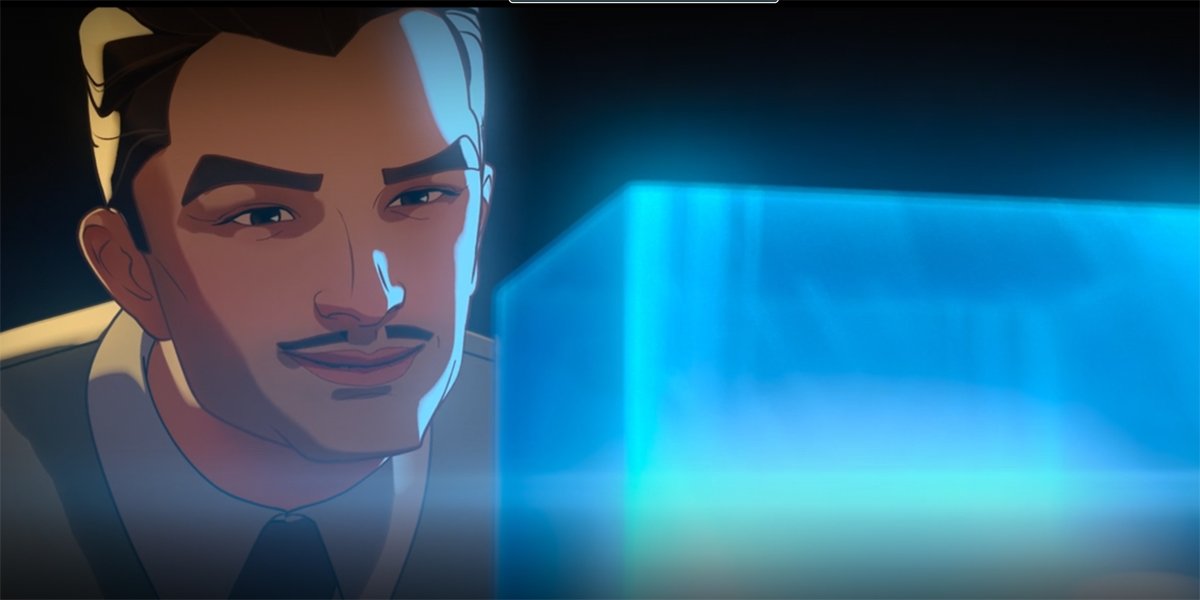
Howard Stark Uses Tesseract Energy To Build The Hydra Stomper
In Captain America: The First Avenger, Howard Stark only has the opportunity during World War II to experiment on a tiny particle of Tesseract energy retrieved from a Hydra weapon – but in Captain Carter’s reality he gets the chance to play around with the actual Infinity Stone. The end result of this is that he is able beat his future son to the punch by inventing a powered suit of armor. It’s not quite as sleek as the red and gold design Iron Man creates, but the green machine is plenty mean, and it has a kick-ass name: the Hydra Stomper.
As we know from the events in both Iron Man and Iron Man 2, Howard Stark long had big ideas about alternative energy sources, which is how he wound up creating the arc reactor – but it’s interesting to now wonder why he didn’t wind up creating the suit after retrieving the Tesseract at the end of the first Captain America movie. It’s possible he couldn’t get proper funding in the aftermath of the war, or because resources were being diverted for the foundation of S.H.I.E.L.D.
Your Daily Blend of Entertainment News
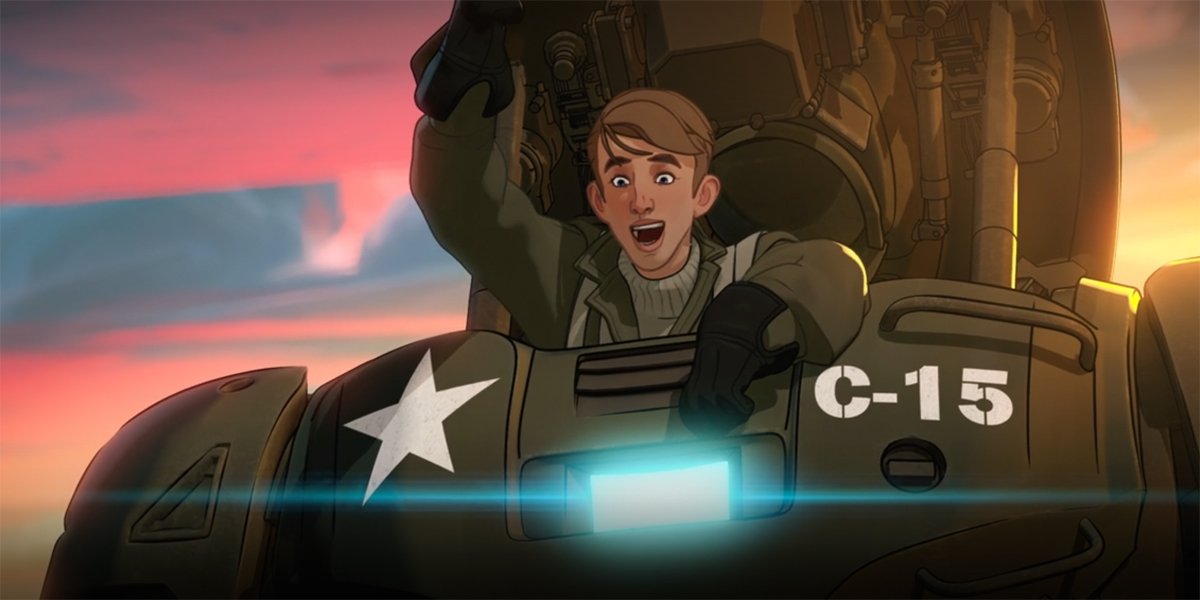
Steve Rogers Becomes The Hydra Stomper’s Main Pilot
Even in his pre-Captain America days, Steve Rogers’ whole deal is that he just wants to help. He doesn’t like bullies, and he wants the opportunity to put them in his place, but his stature and various ailments hold him back. Knowing all that, one innately understands that his hopes to contribute to the war effort wouldn’t be abated by Peggy Carter getting the Super Soldier Serum instead of him. As such, it makes all the sense in the world that he would wind up becoming the pilot of Howard Stark’s Hydra Stomper.
While he is never actually given the name, Steve Rogers is arguably the first version of Iron Man in Captain Carter’s universe – which is a pretty wild thing to consider when you think about all of the conflicts between Steve and Tony Stark in Marvel movies.
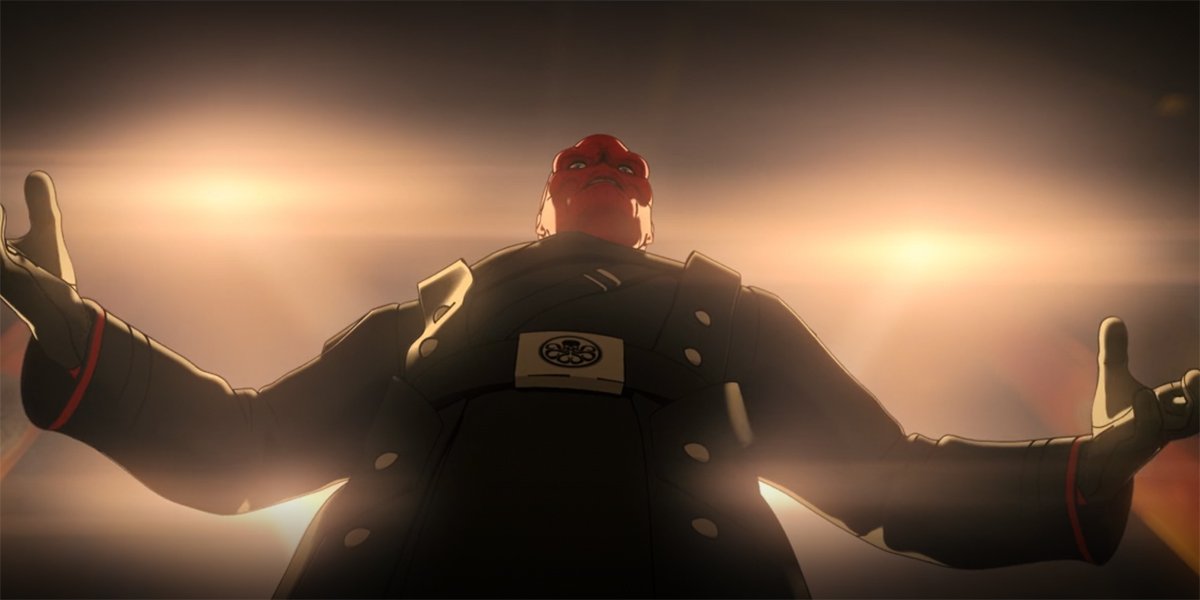
Red Skull Tries To Summon Hydra’s True Champion
As alluded to in the fact that Howard Stark gets his hands on the actual Tesseract, the cascading changes in the What If universe don’t just stop with a different hero getting the Super Soldier Serum; the way that Captain Carter operates is not the same as the way that Captain America rolls, and as a result Red Skull is forced to change tactics. Rather than launching an airship that is prepared to turn every major American city to ash, the Hydra leader’s focus gets a bit more experimental and winds up seeing him summon a monster from another dimension.
Like the events that play out in Captain America: The First Avenger, this goal doesn’t wind up being a great move for Red Skull, but it is cool to see What If take the original story and move in a radically different direction with it.
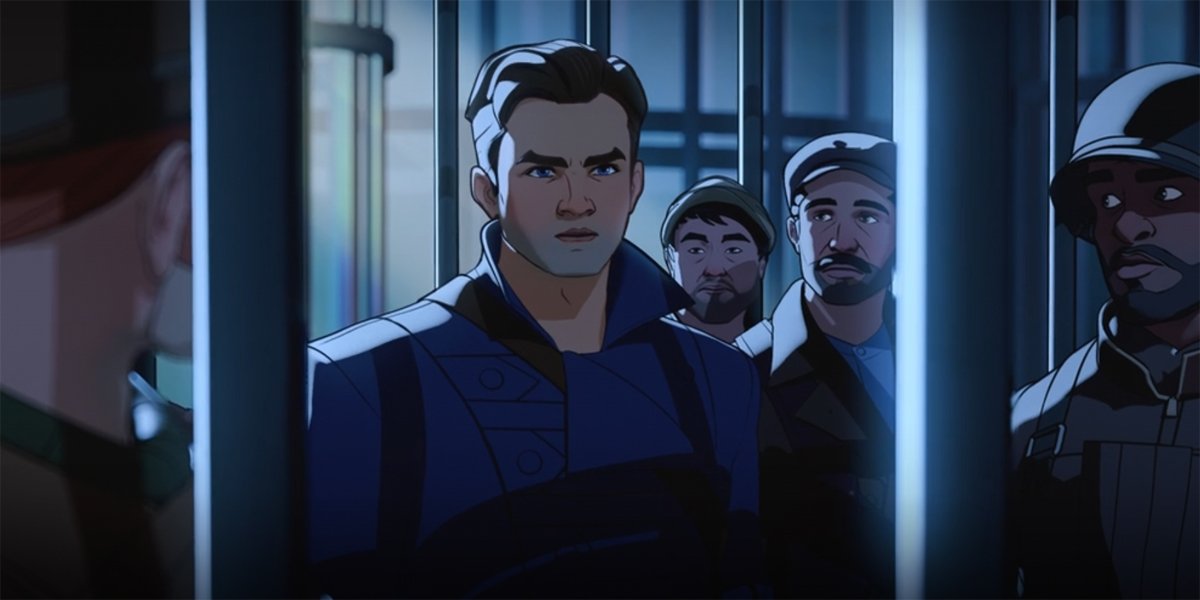
Bucky Barnes Doesn’t Get Turned Into The Winter Soldier
James Buchanan “Bucky” Barnes has one of the most tragic stories in the entirety of the Marvel Cinematic Universe. Wanting to serve his country, he enlisted in the army during World War II, and not only did he get taken hostage and experimented on, but he eventually lost his arm, was left presumed dead after falling from a moving train, and was then brainwashed to become a Hydra assassin. In Captain Carter’s universe, however, things play out much better for the hero.
Bucky’s platoon is still captured in enemy territory, but Hydra doesn’t perform the same kind of experiments on him, and he ultimately becomes a normal member of the Howling Commandos. There is a similar train sequence to the one in Captain America: The First Avenger, but it’s Steve Rogers who winds up being thought deceased (though by the end they discover that he’s not).
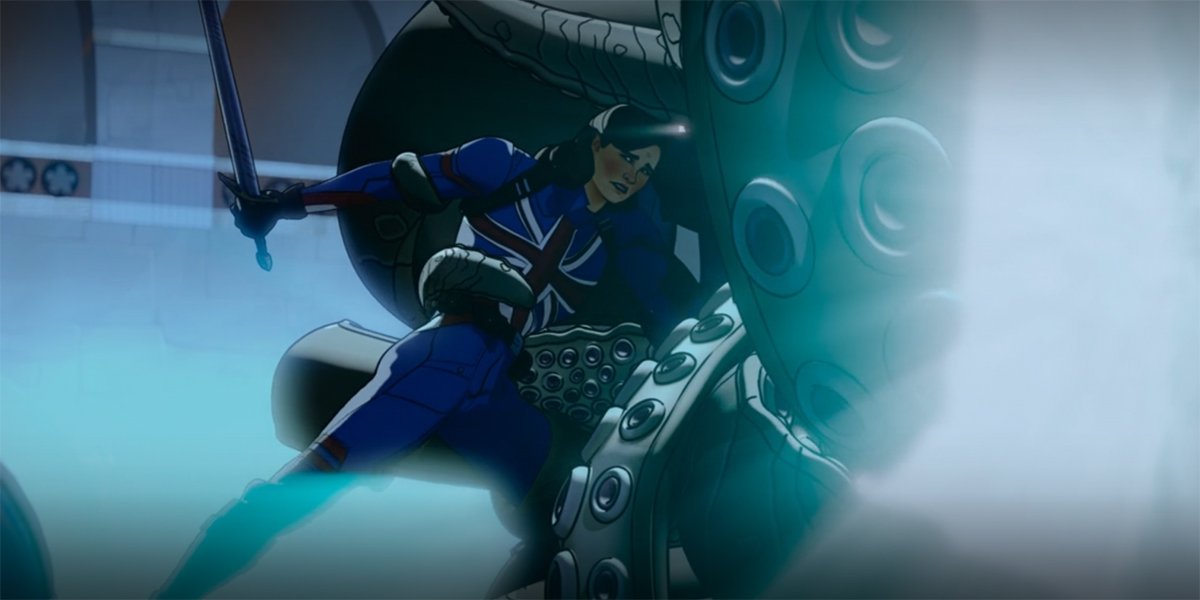
Peggy Carter “Sacrifices” Herself Via Portal, Comes Back In The Present
Because he is a true hero, Steve Rogers opts to sacrifice his own life in Captain America: The First Avenger – steering a plane loaded up with explosives into the arctic rather than let it make it to New York. This doesn’t happen in Captain Carter’s world given Red Skull’s changed objectives, but it still does wind up forcing her to make a choice between saving her own life and saving the lives of millions. And when it comes right down to it, that’s not a choice at all.
While battling Red Skull’s tentacled monster, the only way she can successfully push it back through the portal it is coming out of is by crossing the threshold herself – leaving her world and everyone she loves for parts unknown. Thankfully she does wind up making it back to Earth circa 2012, but whether or not we’ll find out where things go from there in that universe is presently unclear.
What If’s season premiere is packed with alternate reality goodness, but the show has something completely different in store next week, as the second episode will examine what would have happened had Yondu sent two of his lackeys to Earth to kidnap Peter Quill instead of going himself. You’ll be able to find the animated adventure, featuring the final performance from Chadwick Boseman, streaming on Disney+ starting Wednesday August 18 at midnight PST/3:00am EST.

Eric Eisenberg is the Assistant Managing Editor at CinemaBlend. After graduating Boston University and earning a bachelor’s degree in journalism, he took a part-time job as a staff writer for CinemaBlend, and after six months was offered the opportunity to move to Los Angeles and take on a newly created West Coast Editor position. Over a decade later, he's continuing to advance his interests and expertise. In addition to conducting filmmaker interviews and contributing to the news and feature content of the site, Eric also oversees the Movie Reviews section, writes the the weekend box office report (published Sundays), and is the site's resident Stephen King expert. He has two King-related columns.

